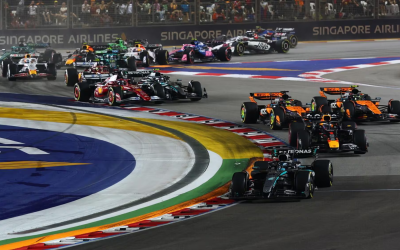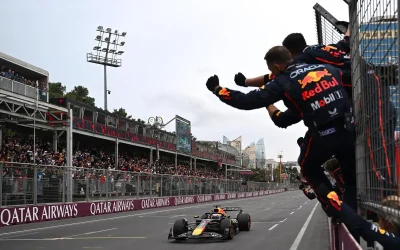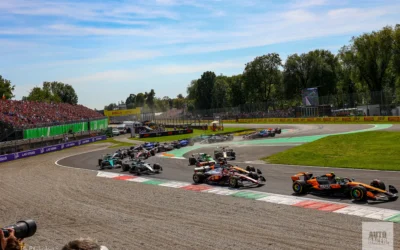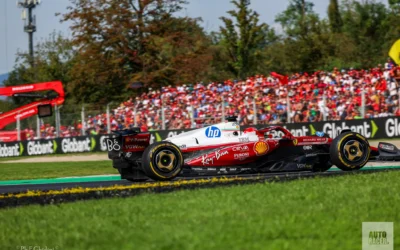Bahrain testing concluded after three days of mixed weather conditions and external factors playing a part. It is not easy to find representative data, as has been the case in previous years.
While it is always a challenge to analyse the grid, the most consistent and effective car was undoubtedly the McLaren. Norris and Piastri performed well in all conditions, showing immense consistency.
The MCL39 instilled confidence in the drivers quite quickly. Sakhir is notoriously a track where the rear end is more stressed, meaning engineers have to neutralise rear traction to get good degradation and good data collection.
McLaren is simply continuing from where it left off, showing a highly aerodynamically efficient platform. The team also had two specifications of rear wing available. Their daring front end design does not seem to have affected or slowed down the understanding of the new car.
Melbourne will be a very different challenge, on an almost opposite track. However, Andrea Stella is satisfied with McLaren’s progress:
“We completed our testing this morning, before giving both Lando and Oscar the chance to do some runs to allow them to gain information on the capabilities of the car before we head to Australia.
“We have made further changes to the setup as we continue to learn the characteristics of the MCL39. The team here and in Woking have done a great job.”
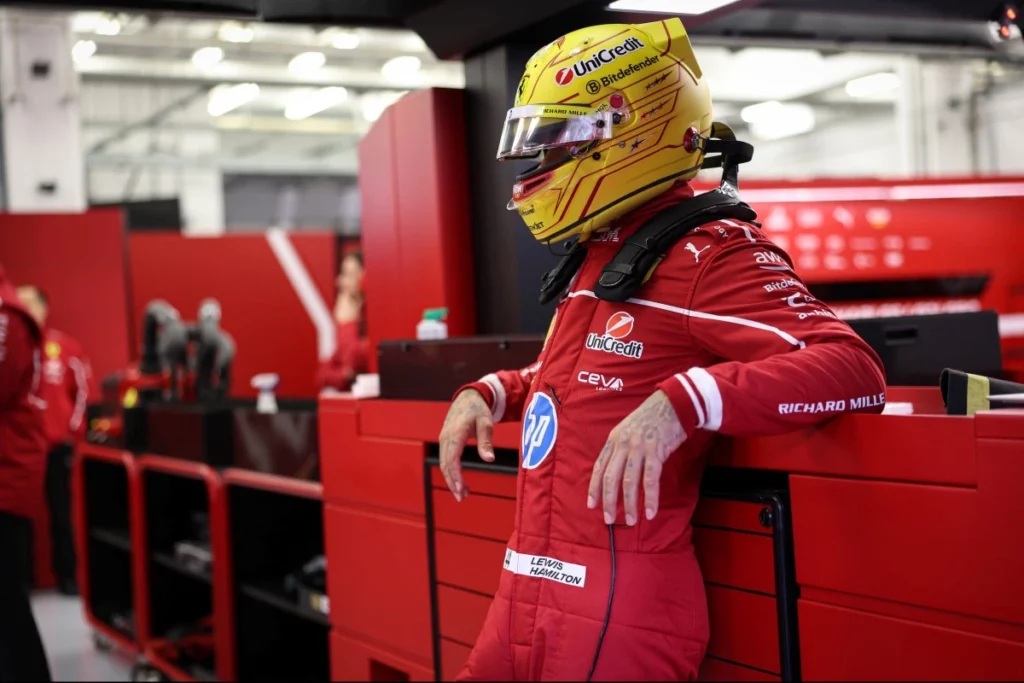
McLaren start well, Ferrari can close the gap but must make adjustments
Ferrari ended last year as McLaren’s closest rivals, thanks to strong development after the summer break. The SF-25 shows some issues, but is there a need for real concern?
“This year we will go from the 10-15 degrees we found on the track here to the 45 we will have in Australia. So it could be that in Melbourne it will be a completely different story,” said Vasseur.
First of all, Ferrari’s SF-25 has different car in concept. Arguably they Scuderia has made the biggest changes to unlock gains in load and efficiency. This is not just a question of the car’s shape, but also its functionality.
The defective front, suffering from lower temperatures, was one of the oldest problems that should have been solved.
The latest challenger from Maranello was have a stronger front. This is not linked to the new pull-rod suspension, but to the load centre moving forward. This creates a positive tendency on front limited circuits but is more problematic to compensate on opposite tracks such as Bahrain.

Ferrari SF-24 a confronto con la SF-25 -Illustrazione Rosario Giuliana
Looking ahead to Melbourne, this will be another significant aspect to be conscious of.
Although each car is born with its aerodynamic mapping, meaning it can rebalance oversteer or understeer, it should be noted that Ferrari has worked exclusively (and deliberately) with a rather light medium downforce wing.
Their configuration was similar to the McLaren, but certainly lighter than Red Bull and Mercedes. This has amplified some of Ferrari’s problems with setup and stability under braking.
Vasseur’s engineers must learn to know a car that will work differently from the past. The SF-25 is immature, but its potential has not been questioned.
Leclerc was able to complete his work in Day 3, while Hamilton’s running was impacted by a faulty part. The data collected will be analysed in Maranello starting on Monday to begin work on the simulator towards the first race.
Red Bull and Verstappen make steady progress, though uncertainty on RB21 remains
After a return to the short nose and a closed body with gills instead of the complicated and limiting cannons, the Milton Keynes car appeared more and more balanced.
Waché is downplaying Red Bull’s changes, but it is said that a new floor should have been used and dismantled – taking advantage of a small failure as to make changes.
A brand new front wing was also tested on the third day. Red Bull introduced changes to slowly distance the RB21 from the complicated “philosophies” of the RB20.
In the last year of these regulations, these concepts look more similar aesthetically. However, there is huge divergence in terms of floor design.

McLaren was comfortable in Bahrain, Ferrari only in certain areas. Red Bull’s performance seemed an honest reflection of their progress, whilst, Mercedes were more solid than very fast.
Last year shows that making conclusions is very difficult. Ferrari had its problems, but the SF-25 is not slow. The Scuderia will need to discover itself more quickly.
If their new car has good potential, it will find it in the space of 2 or 3 races. It would be surprising if any team dominates.

